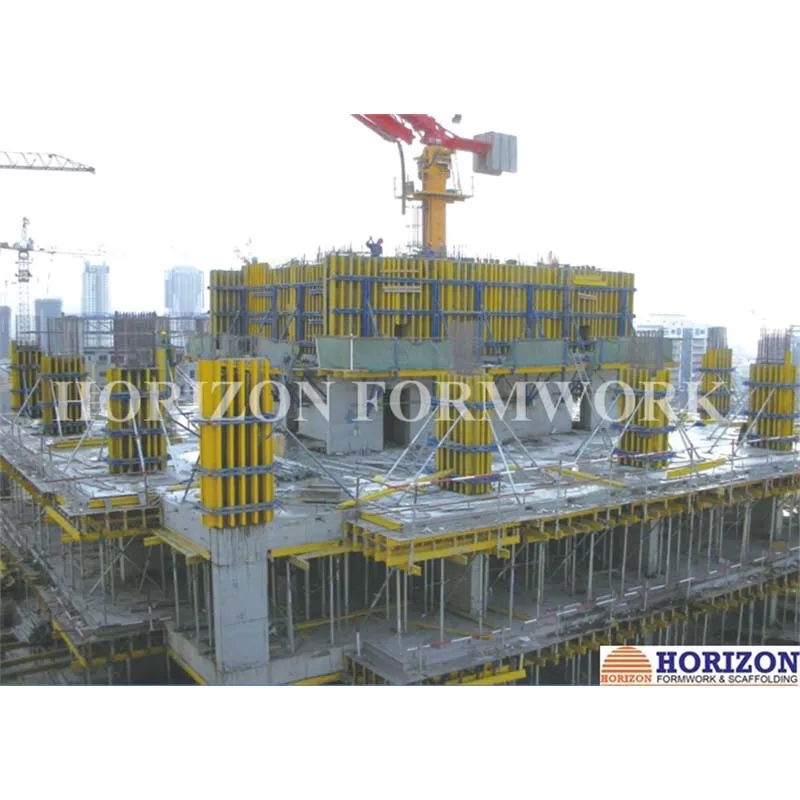фев. . 24, 2025 10:02 Back to list
Sustainable Engineering: Modern Formwork Solutions in Construction
The construction industry increasingly emphasizes sustainability, focusing on waste reduction and material efficiency. Engineering formwork plays a crucial role in achieving these goals by integrating innovative designs and advanced materials. Below, we examine how horizontal formwork, vertical formwork, and sliding formwork contribute to sustainable construction practices.

Precision and Waste Reduction with Engineering Formwork
Modern engineering formwork systems are designed with sustainability in mind, ensuring minimal material waste during construction. By using prefabricated components and modular designs, these systems enable precise measurements and reduced reliance on disposable materials like timber or traditional plywood.
The reusability of engineering formwork is another sustainable advantage. Whether for large-scale buildings or infrastructure projects, these systems are often constructed from durable materials like steel or aluminum, which can be reused for multiple cycles. This reduces the demand for raw materials, lowering the overall environmental impact of construction.
Material Efficiency in Horizontal Formwork Systems
Horizontal formwork solutions, commonly used in slabs and bridge decks, enhance material efficiency by optimizing support structures and reducing the use of excess concrete. These systems rely on lightweight panels and advanced designs that minimize waste while ensuring structural integrity.
Innovations in horizontal formwork also reduce construction timelines, which indirectly lowers energy consumption and emissions associated with prolonged site activity. Furthermore, their compatibility with sustainable materials like engineered timber or recycled composites further boosts eco-friendly construction practices.
Structural Sustainability with Vertical Formwork Designs
Vertical formwork, used for walls and columns, plays a critical role in sustainable construction by offering high precision and reducing over-pouring of concrete. Modern vertical formwork systems utilize adjustable and reusable components that can accommodate varying heights and dimensions, preventing material waste.
Additionally, the durability of materials used in vertical formwork—such as steel or high-grade aluminum—ensures longevity and reduces the frequency of replacements. This reduces waste generation and contributes to a more circular construction process.
Efficiency and Reduced Impact with Sliding Formwork Techniques
Sliding formwork, often used in constructing tall structures like silos and bridges, stands out for its ability to reduce waste through continuous casting techniques. This method eliminates the need for dismantling and reassembling formwork, streamlining the process and minimizing resource consumption.
The use of sliding formwork also reduces the need for scaffolding and other temporary supports, which often contribute to waste. By enabling faster and more efficient construction, this system lowers overall energy use and emissions, aligning with sustainable goals in the industry.
Modern formwork solutions are transforming construction by embedding sustainability into the core of their design. From the adaptability of engineering formwork to the material efficiency of horizontal and vertical systems, and the waste-reducing capabilities of sliding formwork, these advancements significantly reduce environmental impact. By adopting these innovative techniques, the construction industry can continue to build a sustainable future.
-
Timber Beam H20 for Agricultural Buildings
НовиниJul.21,2025
-
Tie Rod Concrete Formwork for Bridge Construction
НовиниJul.21,2025
-
Table Formwork for Slab Edge Protection
НовиниJul.21,2025
-
Load Calculations for Wall Formwork System
НовиниJul.21,2025
-
Concrete Column Form Work Systems Productivity Tips
НовиниJul.21,2025
-
Beam Slab Formwork for Ribbed Slabs
НовиниJul.21,2025